
A garden is your personal canvas for creating beauty. Starting can feel daunting. Perhaps your space is limited, or plant selection seems overwhelming. But don’t worry! Creative ideas can unlock your garden’s potential. Big yard or small balcony, you can cultivate your dream garden.
Feeling cramped? Think differently! Vertical gardens, smart layouts, and innovative designs transform limitations into opportunities. Discover 17 simple ways to design your ideal outdoor haven. Begin today and watch your garden flourish. Let your creativity blossom!
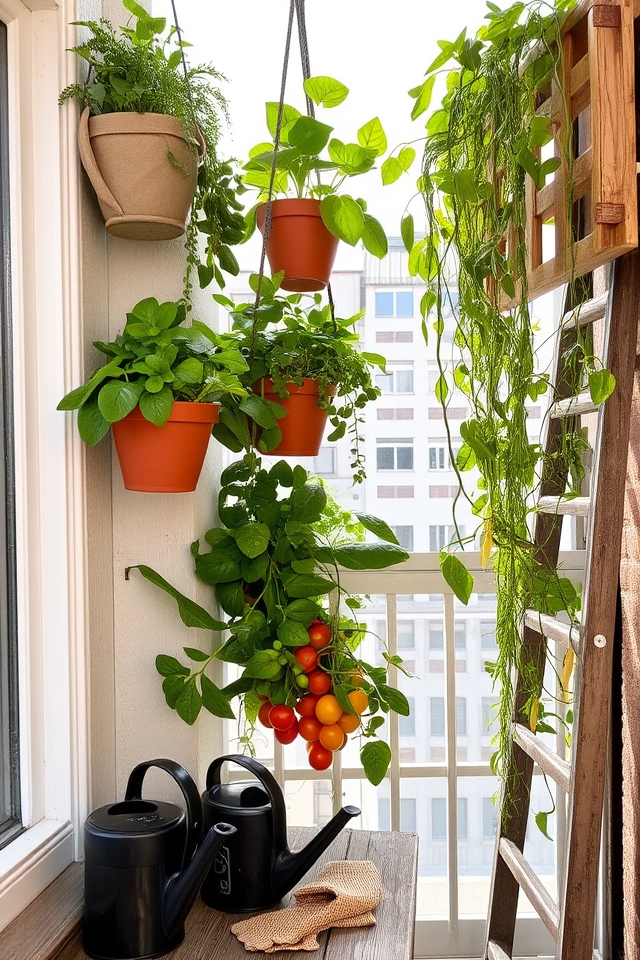
Vertical gardens use walls and stacked planters to maximize space. Use wall planters, hanging baskets, or modular units to grow plants upwards. Use light materials like fabric or pallets for flexibility. This boosts sunlight and airflow, great for small yards. It saves ground space while looking good. Perfect for city residents wanting efficient solutions.
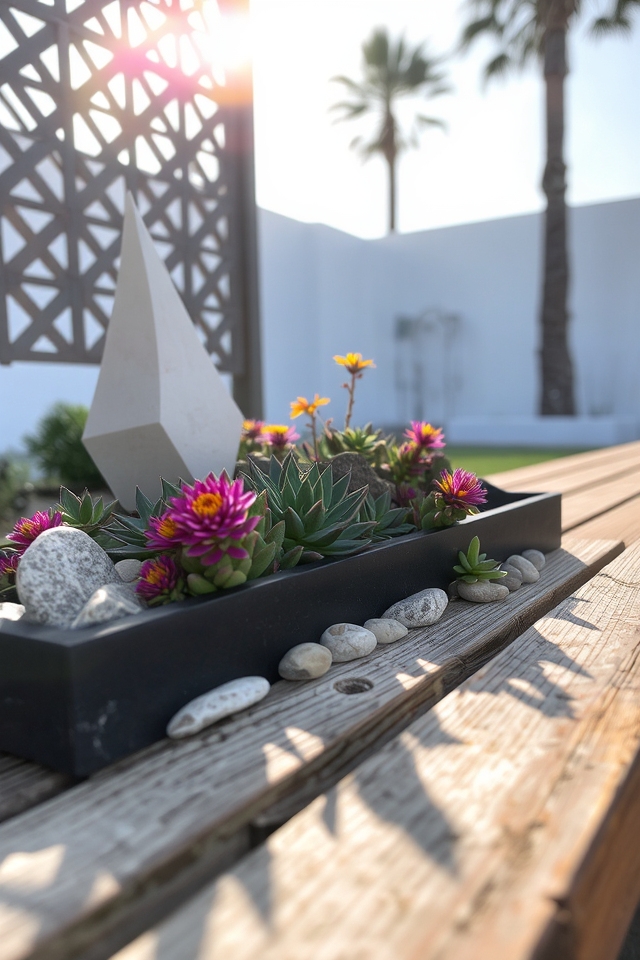
Themed gardens show personal style with chosen elements. Go rustic with wood and wildflowers. Choose modern with clean lines and succulents. Or fantasy with sculptures and flowers. Match themes to interests using colors and textures. Create a space that shows who you are.
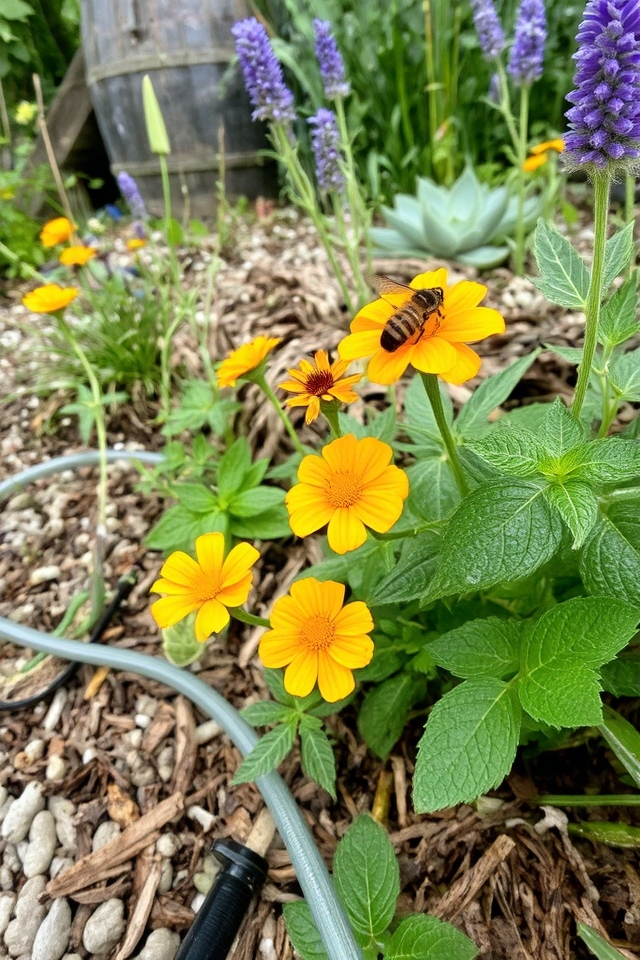
Eco-friendly landscaping uses native plants, drought-tolerant plants, and rainwater collection. Use permeable paving and compost to cut waste. Add pollinator habitats and mulch. These steps boost nature and save resources.
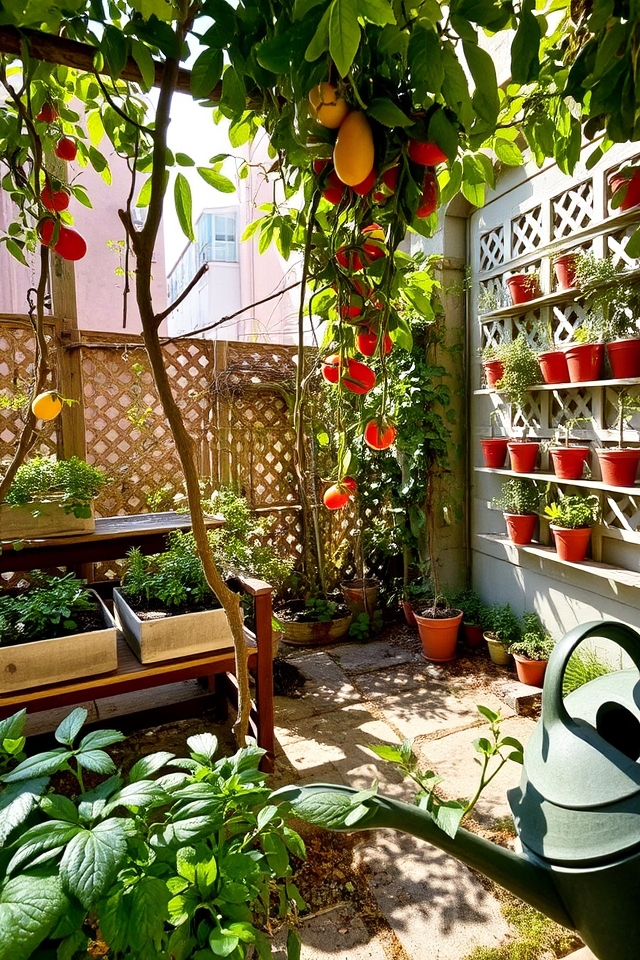
Compact layouts use vertical planting, containers, and raised beds to save space. Use trellises for vines and choose small plant types. Add seating with planters. Make access easy to grow more in less space.
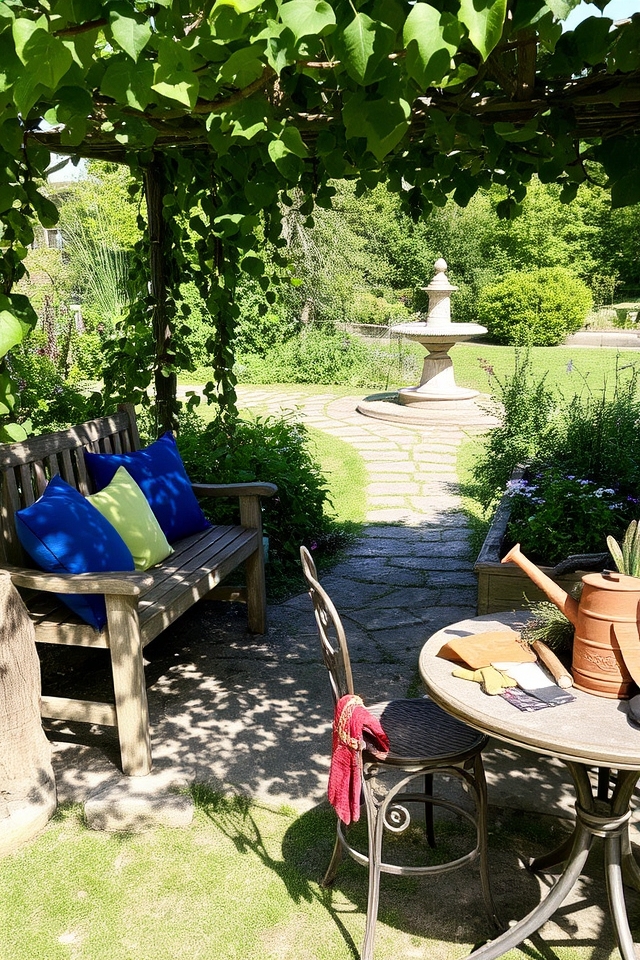
Create areas for relaxing and doing things to get the most from your garden. Make a quiet spot with cushions for relaxing. Add a space for hobbies like eating outside. Use paths to separate areas. Add water or screens to improve each space. Balance looks with use for a great outdoor area.
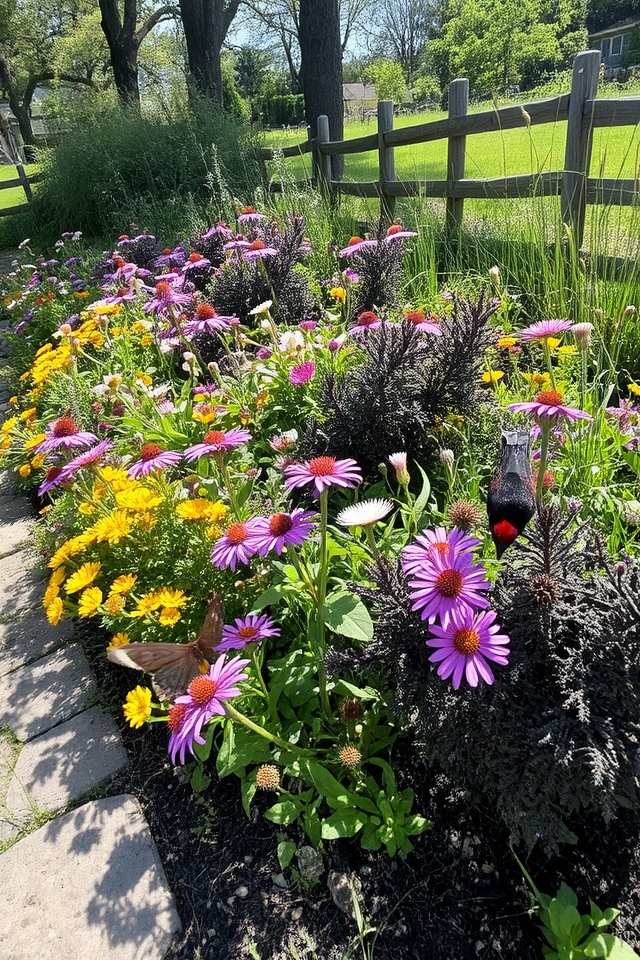
Native plants help local nature by feeding wildlife. They need less water. Plants like milkweed attract pollinators. Shrubs feed birds. Native plants make strong gardens and protect nature. They improve soil and cut chemical use.

Plan gardens with seasons for constant blooms. Spring: plant bulbs and herbs. Summer: add flowers that love heat. Autumn: plant cool-season crops. Winter: add evergreens. Rotate crops to keep soil healthy. Plant with local weather for best growth.
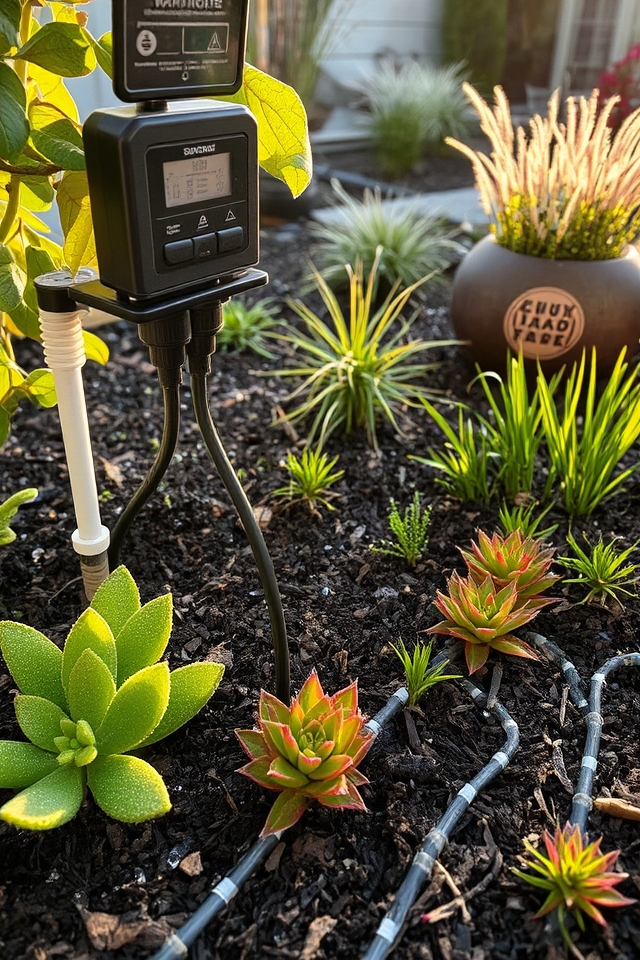
Smart systems save water using sensors and weather data. They water based on soil moisture and plant needs. This cuts waste and saves money. Drip systems improve efficiency. Apps allow remote control. Great for saving water.
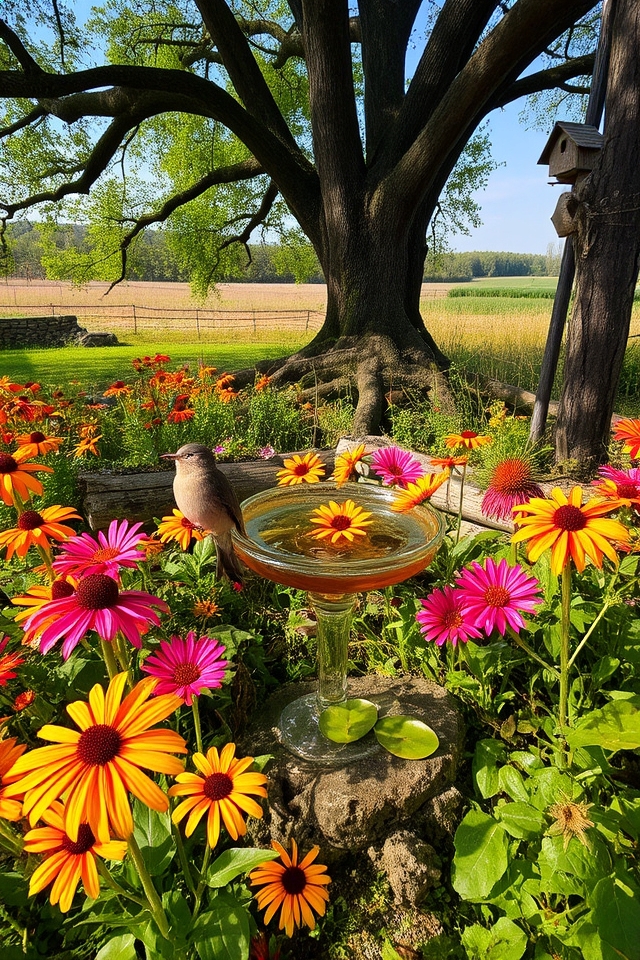
Use native plants for food and shelter. Add water like birdbaths. Include habitats like rock piles. Avoid pesticides to help pollinators. Plant flowers that bloom at different times. Add birdhouses.
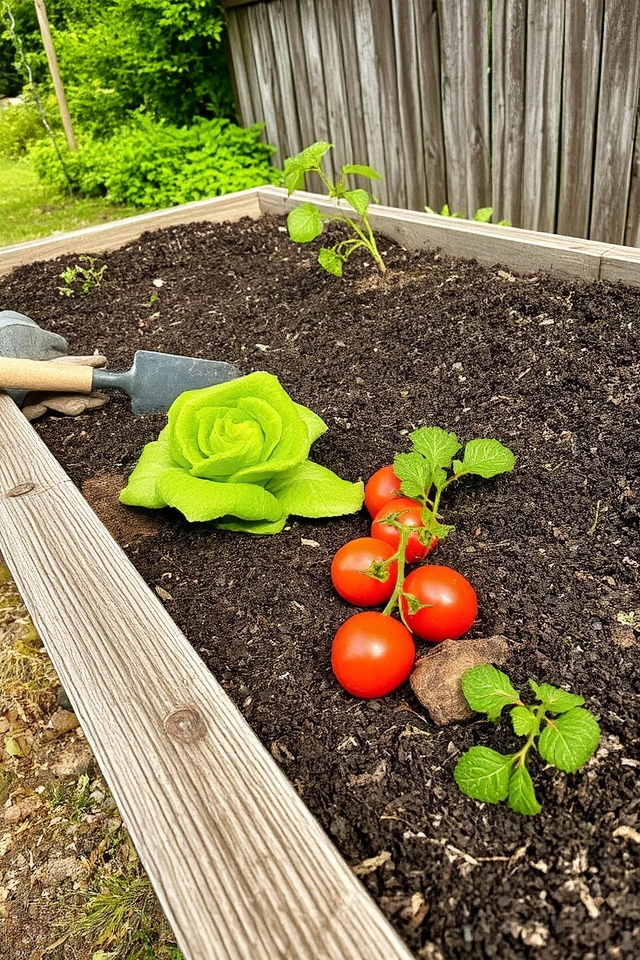
Raised beds improve drainage and reduce weeds, making care easier. They reduce bending. They allow better soil control. Air flow prevents pests. They save water and space. Great for small areas.
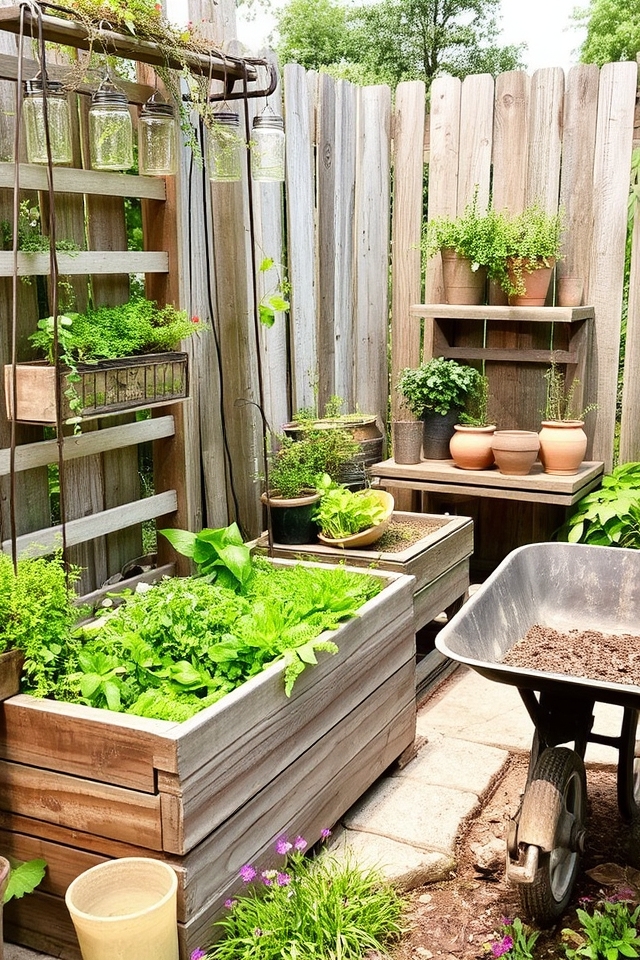
DIY projects save money and add style. Reuse materials for planters. Build beds with old wood. Make art from recycled items. Handmade decor adds charm. Grow plants from seeds to save money. These projects are sustainable and unique.

Blend outdoor areas with green spaces by adding plants to seating areas. Use natural materials like wood to connect inside and outside. Add paths surrounded by plants for privacy. Use low-care plants to create a functional space that connects to nature.
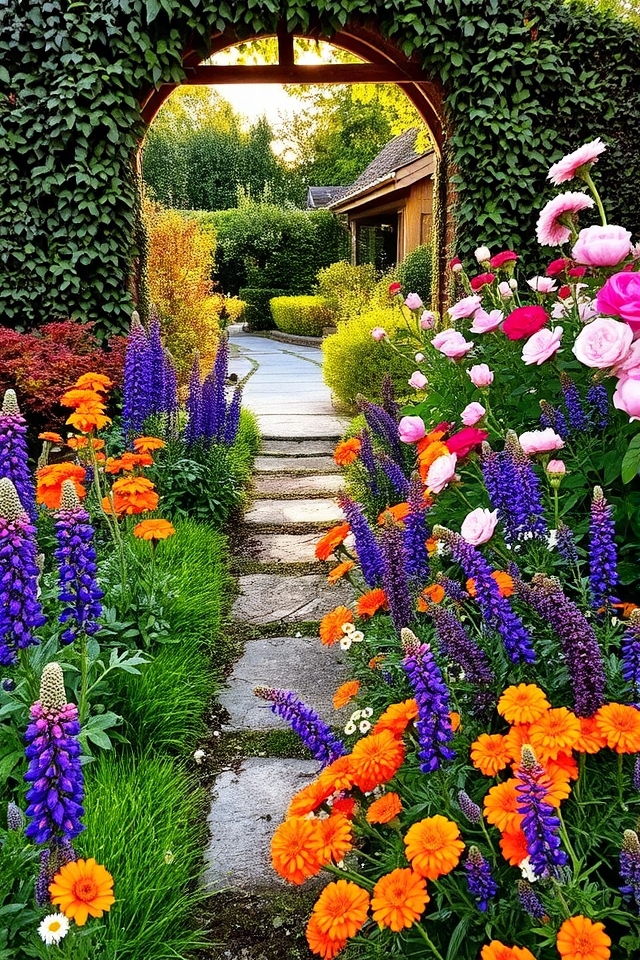
Color makes gardens look better. Use opposite colors (blue and orange) for contrast. Use similar colors (red, orange, yellow) for harmony. Use one color with different shades for depth. Balance warm and cool colors. Add different textures. Green calms, while bright colors energize.
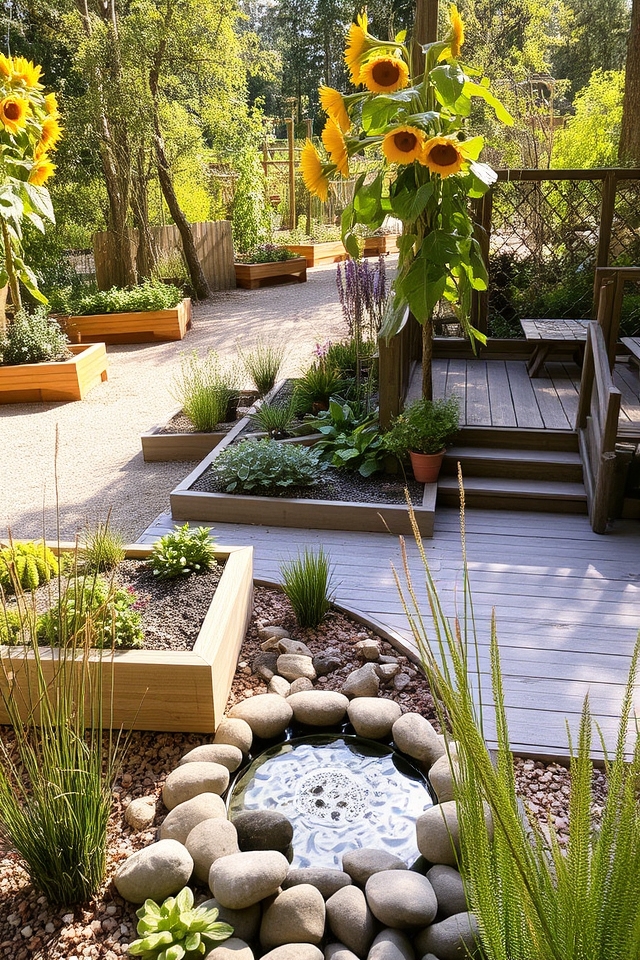
Accessible gardens use raised beds and wide paths. They add sensory elements and safe surfaces. Layouts allow easy movement for everyone. Universal design makes gardens enjoyable for all.
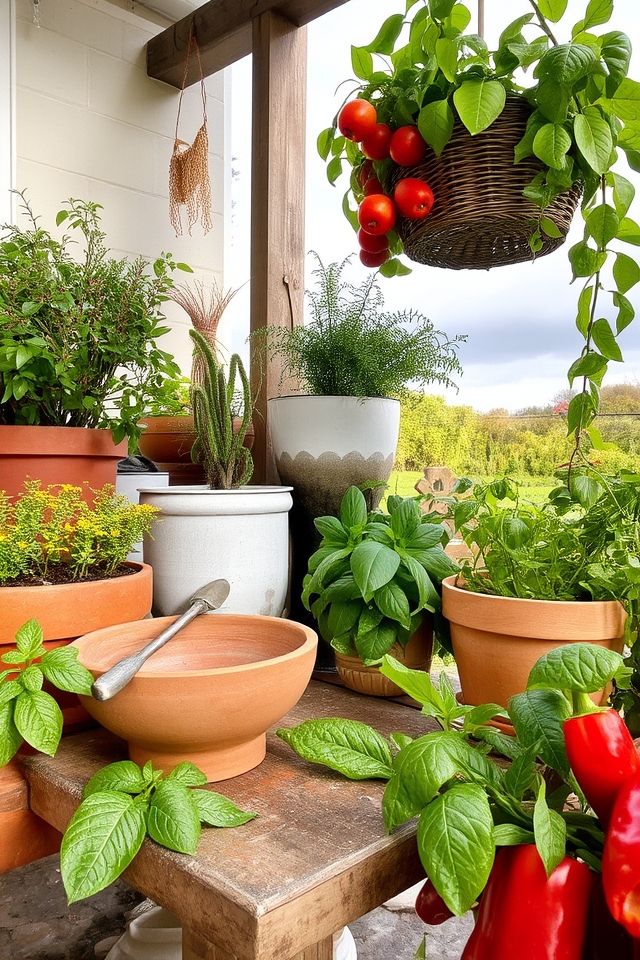
Containers offer flexible planting. Use pots to grow plants in small spaces. Containers allow movement and easy care. Choose sizes based on plant needs. Great for balconies, allowing year-round growing.
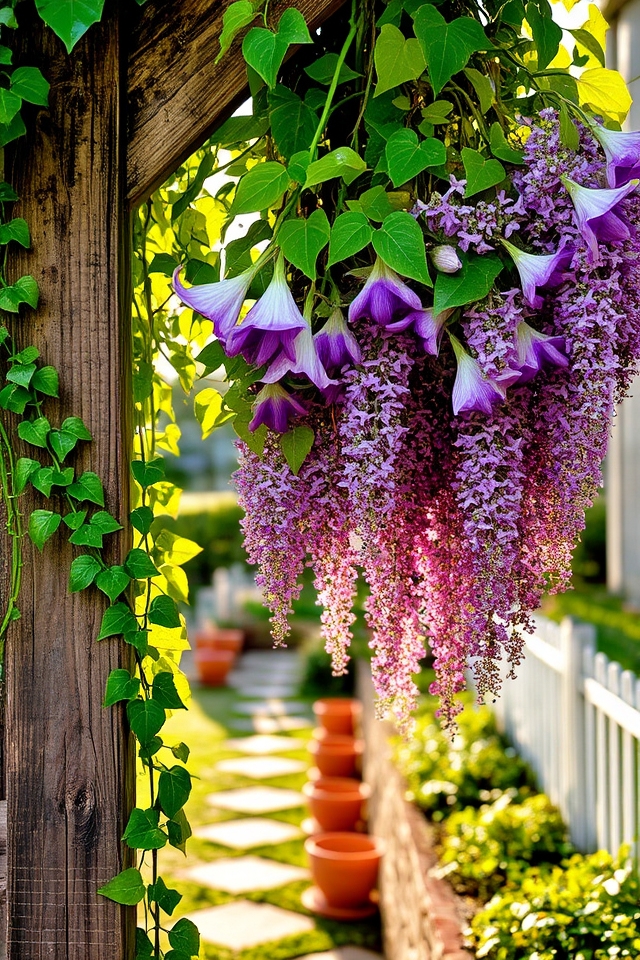
Climbing plants use trellises to grow upwards. These save space while adding beauty. Choose strong materials. Prune regularly. Great for small gardens.
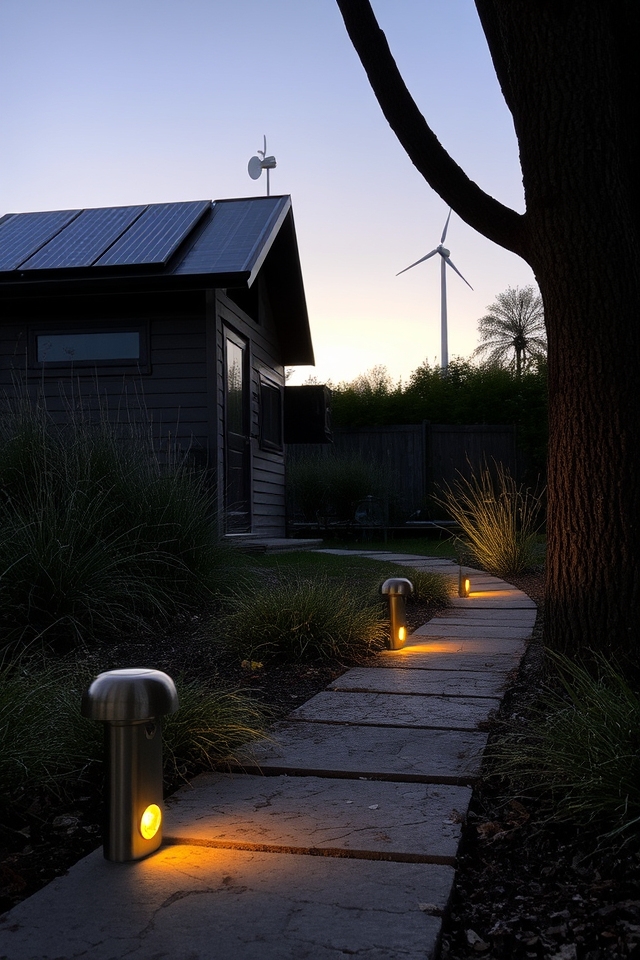
Use solar lights for sustainable lighting. Solar panels charge during the day to power LED lights at night. Motion sensors save energy. Wind turbines offer another option. Batteries store power for cloudy days. These methods cut costs and help the environment.
Create spaces with vines, veggies, and greenery. Mix flowers with containers and color. Support nature with native plants and sustainable spaces. Design with paths and plants. Let your garden bloom and thrive.

Don't let aphids, slugs, and caterpillars ruin another plant. Take back control with simple, natural methods that actually work.